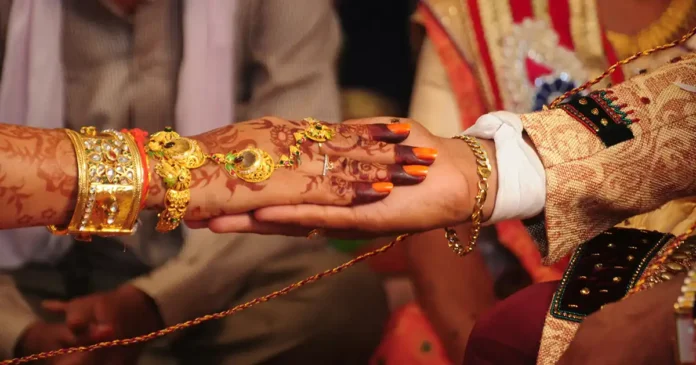The Hindu practice of ‘Kanyadan’ is discriminatory and derogatory to the position of women. ‘Giving away girls in marriage’ and giving dowry (or the other party paying ‘bride price’ – if it does not sound more vulgar) are certain ancient customs, so common that they almost cannot be distinguished on their own, in our social arrangement, which has, sort of established for themselves a position of status and social authority, even beyond the Hindu family, with dignity (the stranglehold of perfunctory religion has not loosened much, despite continuous efforts). But with the world becoming a smaller place, thanks to the technology revolution, this concept of ‘giving away girls in marriage’ is weaning away. In fact ‘kanyadaan’ is fast becoming a thing of the past, giving way to ‘bibaaha’, that is ‘shaadi’ or ‘nikaah’ –simply marriage.
When transportation and communication were not that easy, seeing your girl after her marriage was a heady task. If the father was poor and a rural man, it was quite impossible for him to arrange money to set off to a distant place to see his daughter in her in-laws’ place, even once in a year. If he wanted to take his wife along, the cost was more than doubled. And the time he has to keep off from his work would never pay him afterward, whatever extra hours of labour he may put into it. Added to whatever burden, he can never go visiting his daughter’s place empty hand, without gifts. So much investment to contain a heart’s desire! He may never go, rather never be able to go, for years together. Even if his financial condition wasn’t that bad, the mode and facility of transportation, or the lack of it – public vehicles, roads, etc. – was pathetic. The telephone wasn’t there. Letters – he could not write. Letters and telegrams were confined only to special occasions, like times of urgency and emergency.
Rural families prefer to get their girls married off in not-very-far-off villages or districts. Nevertheless, the sense of distance as a major factor has not gone away. Today marriage within the same village is becoming less uncommon. Marriage in urban society has much less to do with these factors. Mostly, the bride and groom belong to the same city or town, or each has a family house there. Or if you have your own car, a couple of hour’s journey makes you forget, that you have given your daughter away to someone’s house forever. Ergo, ‘kanyadan’ remains, more or less, a customary word confined to the ceremonial pandal where the formal ritual of marriage is performed.


